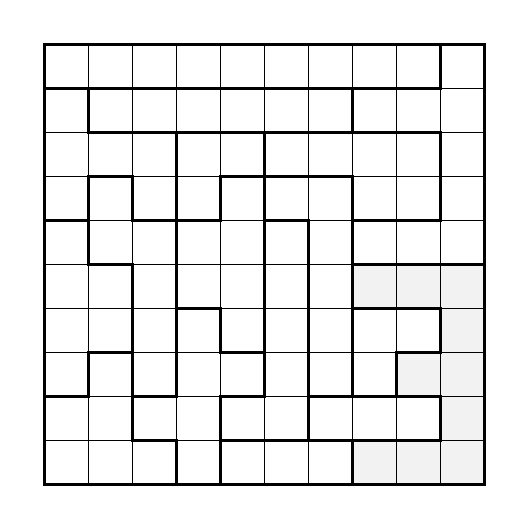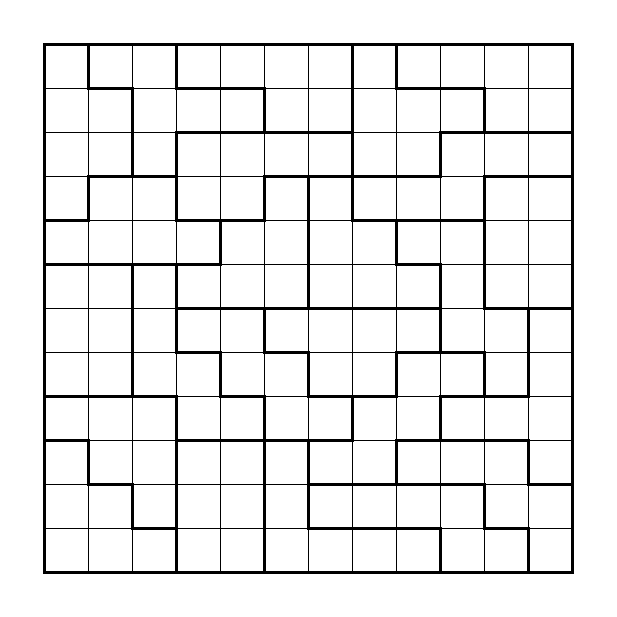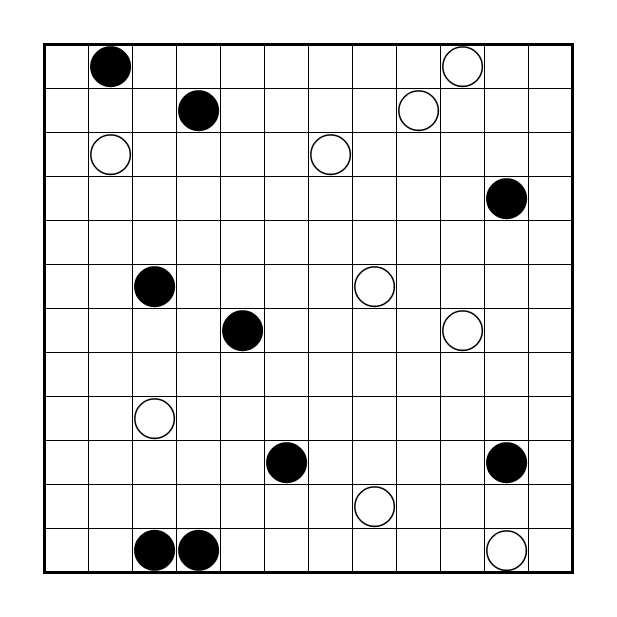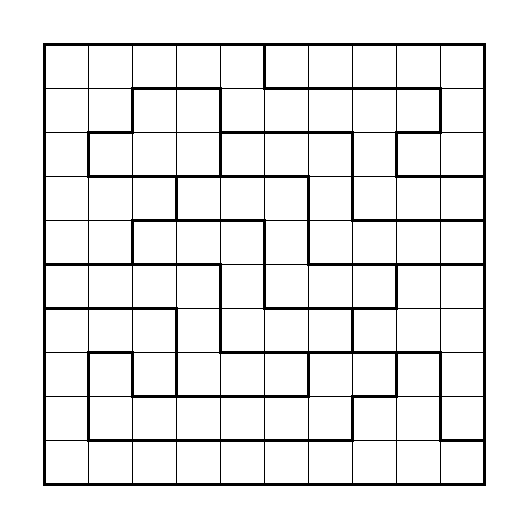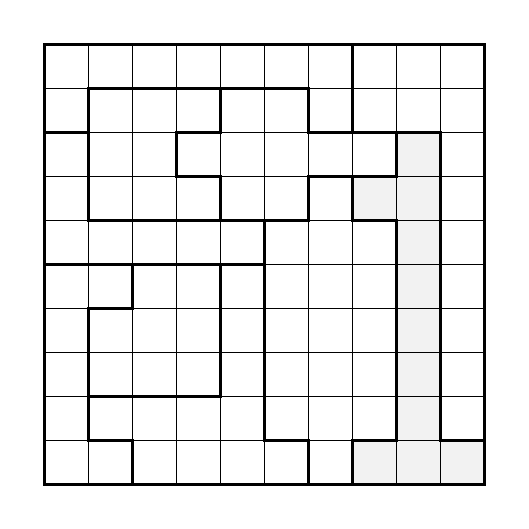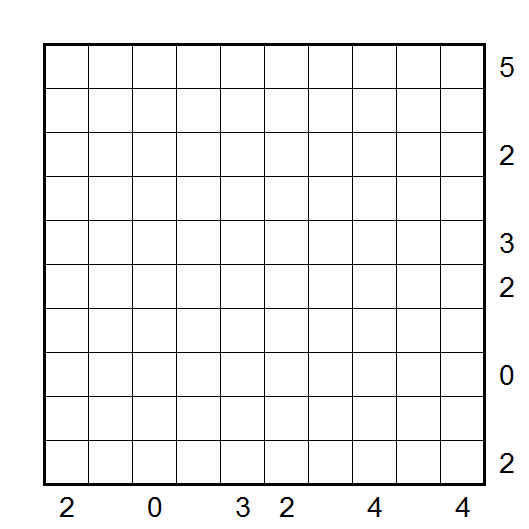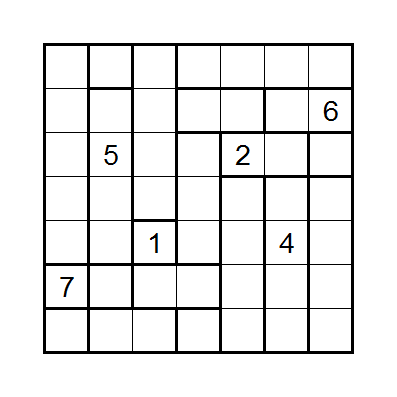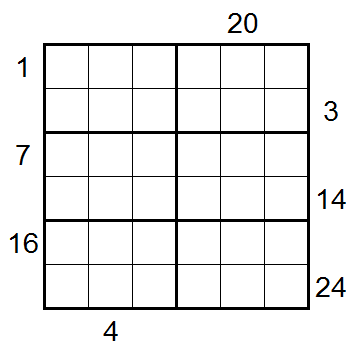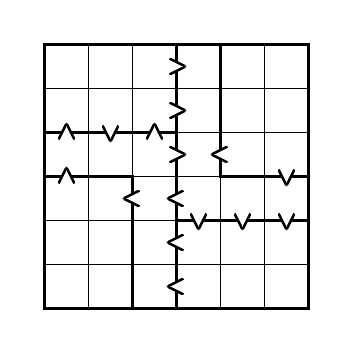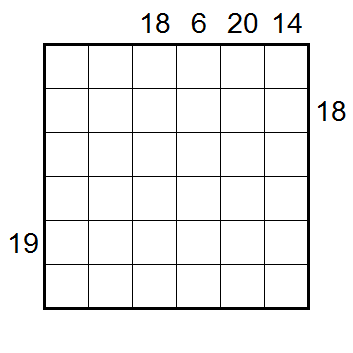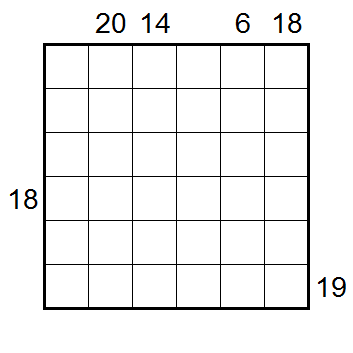Double Back
Today’s puzzle is a Double Back. The size of almost all regions is a multiple of three, and the one exception to the rule looks like the number three. The colouring is for aesthetical purposes.
Rules:
- Draw a single, non-intersecting loop that visits every cell exactly once, and every region exactly twice.
